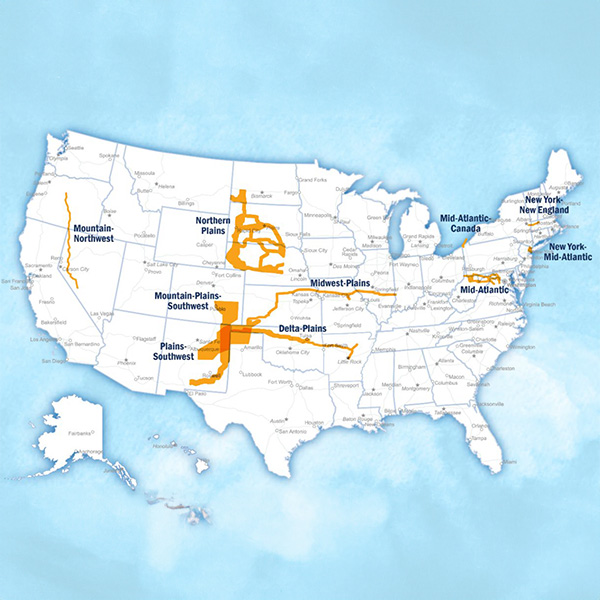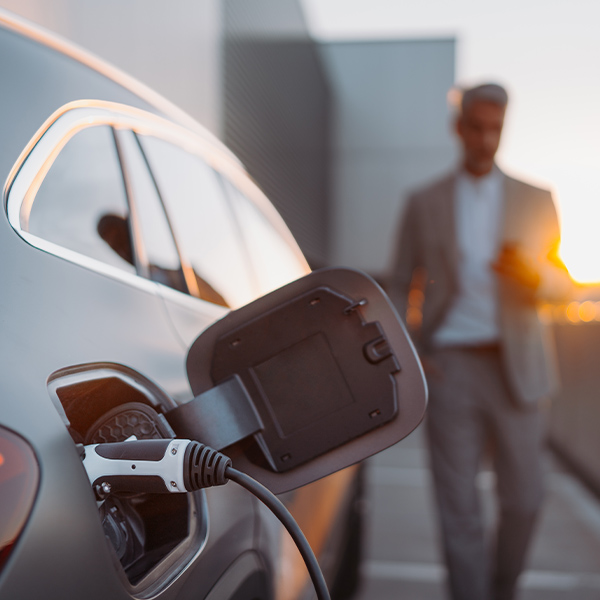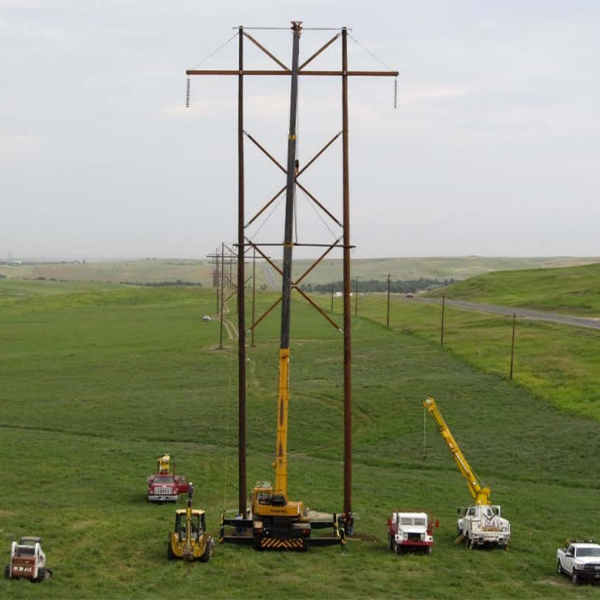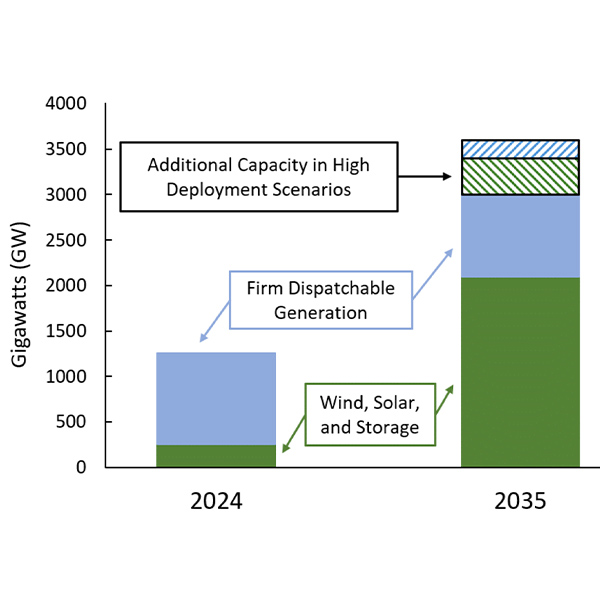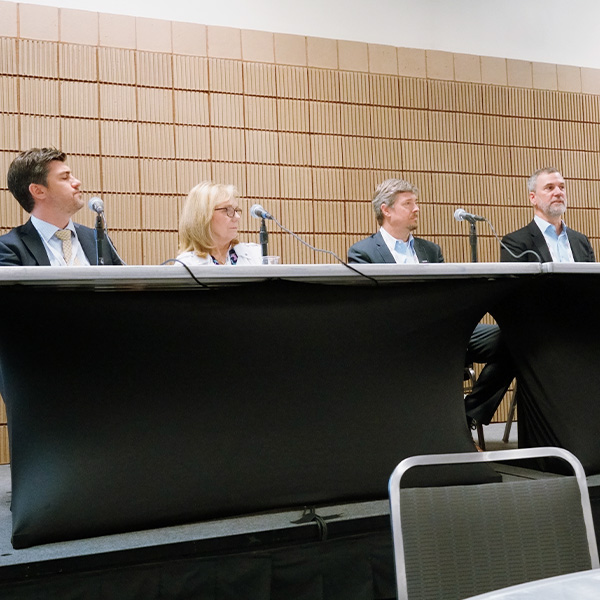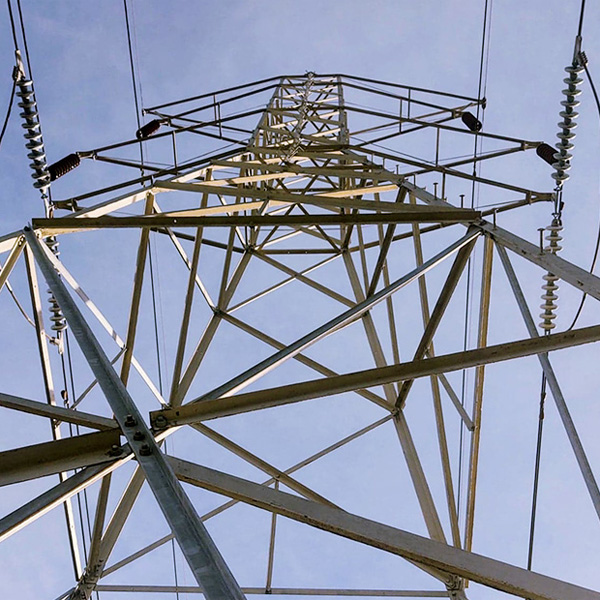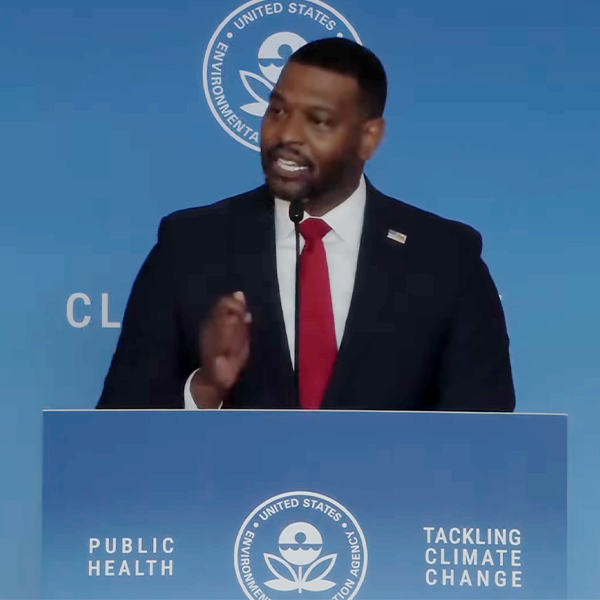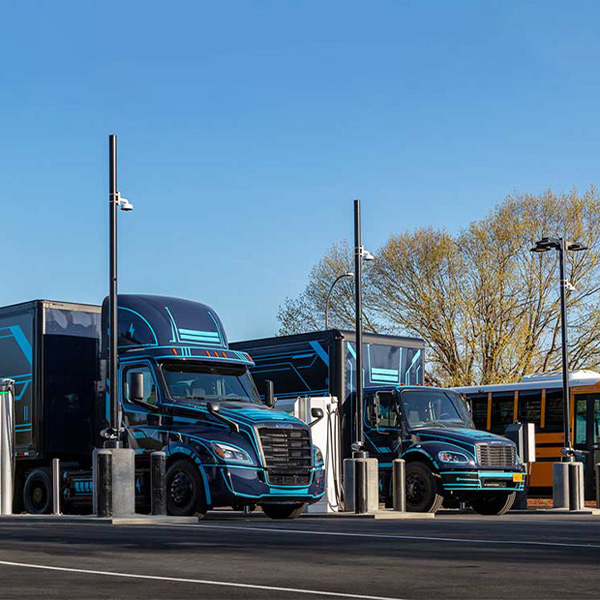Federal Policy
CongressDepartment of EnergyLoan Programs Office (LPO)Department of TransportationEnvironmental Protection AgencyFederal Energy Regulatory CommissionGeneral Services Administration (GSA)Interior DepartmentBureau of Land ManagementBureau of Ocean Energy ManagementNuclear Regulatory CommissionTreasury DepartmentWhite House
DOE is looking to boost interregional transmission with its announcement of 10 proposed National Interest Electric Transmission Corridors, where projects could be eligible for a share of $2 billion in federal loans and special permitting under FERC’s backstop siting authority.
A new report warns that small modular nuclear reactors are not the energy panacea that their proponents have described.
EPA issued a final rule meant to strengthen, expand and update methane emissions reporting requirements for oil and natural gas systems, as required by the Inflation Reduction Act.
According to Kelley Blue Book, the slow-down in EV sales could be a sign that "EVs are almost mainstream cars in parts of the country. Segment growth typically slows as volume increases."
The White House Council on Environmental Quality finalized a rule meant to modernize the federal environmental review process under the National Environmental Policy Act.
Streamlining and accelerating permitting is just one of the potential uses DOE envisions for AI to accelerate the U.S. power system’s transition to 100% clean energy and the modern, efficient, secure grid needed to reach that goal by 2035.
The offshore wind industry and its regulators are examining how best to limit impact on commercial fishing.
Under the Coordinated Interagency Authorizations and Permits program, DOE will lead permitting transmission projects and coordinate environmental and permitting processes between federal agencies.
Coal-fired power plants nationwide will either have to close by 2039 or use carbon capture and storage or other technologies to capture 90% of their emissions by 2032 under EPA’s long-awaited final rule.
EPA announced nearly $1 billion in grants from the Inflation Reduction Act to help cities, states, territories and school districts trade in their diesel-burning heavy-duty trucks and buses for new zero-emission vehicles.
Want more? Advanced Search
